DISB URGES CONSUMERS TO KEEP MORE OF THEIR TAX REFUNDS BY AVOIDING HIGH-COST LOANS
 (Washington, DC) — With the opening of another tax season, the DC Department of Insurance, Securities and Banking (DISB) is today warning taxpayers to steer clear of refund anticipation loans (RALs), one of the most avoidable tax-time expenses.
(Washington, DC) — With the opening of another tax season, the DC Department of Insurance, Securities and Banking (DISB) is today warning taxpayers to steer clear of refund anticipation loans (RALs), one of the most avoidable tax-time expenses. According to recent data by the National Consumer Law Center (NCLC), the Consumer Federation of America (CFA) and the Internal Revenue Service (IRS), RALs drained the refunds of 8.67 million American taxpayers in 2007 (for tax year 2006), costing them $833 million in loan fees, as well as more than $68 million in other fees. In addition, another 11.2 million taxpayers spent $336 million on related financial products to receive their refunds.
“It is understandable that in these difficult economic times, getting cash in your hands expeditiously may be tempting,” said DISB Commissioner Thomas E. Hampton, “however, no one should have to pay excessive interest on their own tax refund. RALs may be considered a form of predatory lending.”
RALs are high cost, high risk, short-term loans secured by, and repaid directly from the proceeds of a consumer’s tax refund from the IRS. The RAL is a bank loan in partnership with a tax preparer, and must be repaid even if the IRS denies or delays the refund, if the refund is smaller than expected, or if it is frozen. They may be considered predatory because they can be extremely expensive, with the combination of RAL fees, tax preparation, electronic filing, and other fees that make up a substantial portion of the refund. Some data has shown that RAL loan fees may translate into Annual Percentage Rates of about 50 percent to more than 500 percent as the loans last about 7-14 days until the IRS refund repays the loan.
“That’s a good indication of just how needless most RALs are,” Commissioner Hampton added. “Most taxpayers could have their refund in two weeks or less even without these costly loans.”
He suggested that District residents consider the following so they may not have to rely on RALs:
E-File with Direct Deposit. File the tax return electronically (e-file) to speed up the refund. Instruct the IRS to deposit the refund directly into a bank account by providing the account number on the tax return. The refund is delivered in about 10 days without paying for a loan.
Open a bank account. There are many unbanked consumers in the District, and if consumers don’t have a bank account, open one and take advantage of direct deposit. A savings account may also be used to receive a tax refund.
Avoid check cashers. Check cashers charge an extra fee to cash RALs and tax refund checks. It has been reported that some check cashers charge up to 7 percent to cash a RAL check. A $2,000 refund could cost $60 to cash the check, which is in addition to tax preparation fees.
Use a VITA Site. Some free tax preparation programs called Volunteer Income Tax Assistance (VITA) sites can file taxes electronically, and if consumers have Internet access, they may be able to obtain free tax preparation and electronic filing at icanefile.org. Using VITA sites may result in saving money as they provide free services to low- and moderate-income taxpayers. VITA sites are sponsored by the IRS and may be found in libraries, community centers, and other locations during tax time. For the nearest VITA site, call the IRS general help line at (800) TAX-1040, or go to tax-coalition.org. AARP’s Tax-Aide program offers free tax preparation for low-income taxpayers at the Web site, aarp.org/money/taxaide. The IRS Free File program is available for taxpayers who earn $54,000 or less.
Reduce tax withholding, if permitted, so you will not have to wait for a refund next year.
For more information on RALS, please call the DC Department of Insurance, Securities at Banking at (202) 727-8000 or visit its website at disb.dc.gov.
The NCLC and CFA will be publishing their annual comprehensive report on the RAL industry, regulation, and litigation in February 2009. The report will be available on NCLC’s website at consumerlaw.org or on CFA’s website at consumerfed.org.
